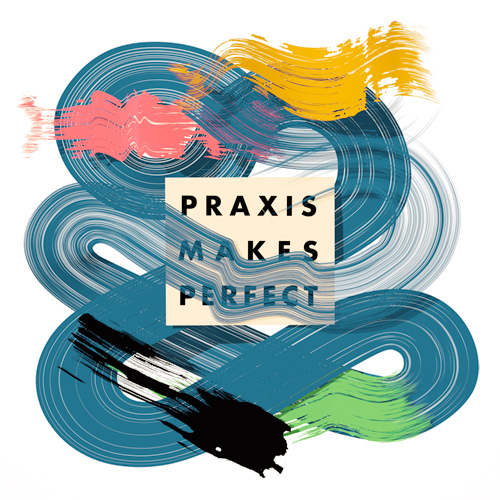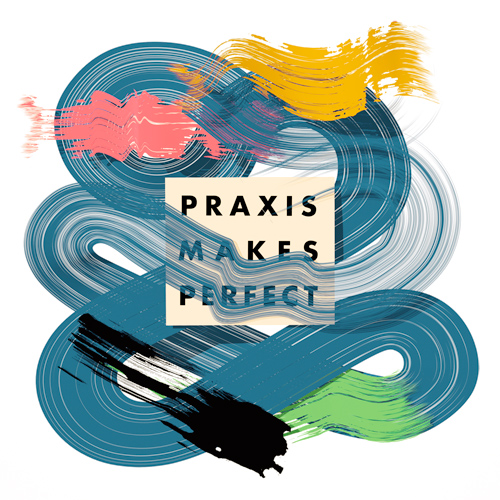A couple of weeks ago, I attended the winter meeting of Chicago Museum Exhibitors Group (CMEG) held at the Museum of Science and Industry. I’m no exhibit builder or designer, but I was intrigued by the topic of this particular meeting—The Maker Movement and Museums. Since a friend of mine is writing her thesis on that very pairing, I decided to attend the meeting on her behalf (she lives in California) to see what I could find out about this subculture that seems to be quickly gaining in popularity and significance.
As I understand it, the Maker movement has grown out of the marriage of several aspects of contemporary culture: the increasing popularity of DIY projects, cheap and readily available technology, and the lack of vocational education in many of today’s schools. “Makerspaces” are focused on engaging participants in inventing creative applications for existent technology, as opposed to solely teaching technical skills or preparing young people for careers in traditional trades. Makerspaces often stress collaboration and community learning as the path to innovation, a likely explanation for why the museum world has begun to take an interest in them.
The Wanger Family Fab Lab at the Museum of Science and Industry, one kind of makerspace found in museums today.
During the panel discussion, someone asked a simple question that had been on my mind throughout the evening: Is there a fundamental difference between the Maker movement and the kind of hands-on learning that already happens in most museums? The panelist’s answer was yes, though her explanation was a bit opaque. I believe she was trying to express that the Maker movement has potential to positively impact how we live our lives, by instilling members of society with the necessary practical skills and desire to consume less and live more sustainably. The Maker movement is not about creating for creating’s sake, it is about coming up with creative solutions to real-life needs and problems.
This gave me pause, as my years of studying art education have made me a believer in creating for creating’s sake, and in the traditional sense of “making” as it is employed by art museums. I took a step back to consider what about the act of creating is so sacred. Why make things, why make art, if the process doesn’t culminate in concrete results that improve our quality of life?
Since my proclivities lie mostly in the realm of examining and discussing as opposed to making, the question “Why make art?” always leads me to the question “Why look at art?” I landed on an answer a few days after the CMEG meeting, during a visit to the Art Institute of Chicago. I turned a sharp corner in the Modern Wing and found myself looking at a familiar detail in a work by the photographer Shizuka Yokomizo. The photograph belonged to a series from 1998-2000 called Stranger, for which Yokomizo anonymously wrote to prospective subjects and informed them that she would arrive outside of their homes at a specific date and time to photograph them. If they wanted to be photographed, they should turn on all of the lights and dress and act normally; she would take some pictures and then leave. If the subject declined to be photographed, all her or she needed to do was keep the lights off.
Although rich with ideas about power dynamics at play in photography, what caught my attention was simpler. Looking into the intimate space that Yokomizo captured in Stranger, I saw a reproduction of Monet’s Poppies, Near Argenteuil hanging above a sofa in the background. A framed poster of the same painting hangs on the wall adjacent to the bed in my own apartment. Poppies is undoubtedly one of the most reproduced Monets, and yet I still felt the warmth of connection, that little tug on the psyche, the joy of discovering that we are not always alone in our lived experience.
It was a small moment, and perhaps it’s a silly story, but it illustrates exactly why I look at art: for those fleeting but necessary reminders of the innumerable possibilities to connect with people around me. I think most members of the creative community, whether artists, designers or makers, would agree that connection is what drives our capacity to innovate. We may talk an awful lot about the materiality of our culture, and we may focus on the physical process of making, but I suspect that what we really aim to create are relationships. We work tirelessly to weave the web that tethers our inner selves to the outside world. With each new project or endeavor, we set out to strengthen our trust in the commonalities of the human condition. In doing so, we recognize the power of art and also of people to comfort and nourish our souls.

